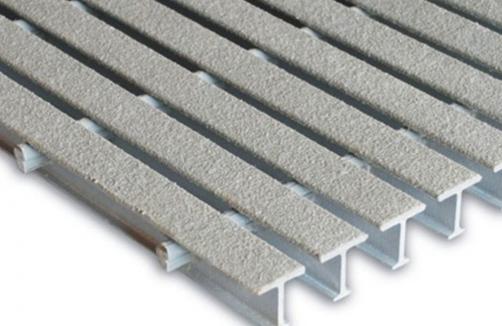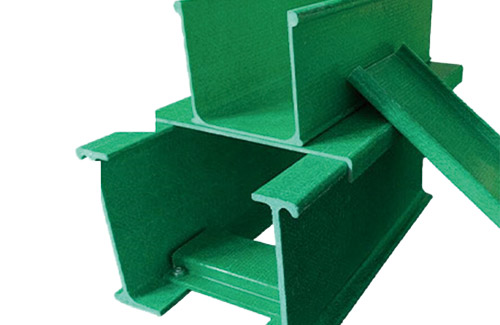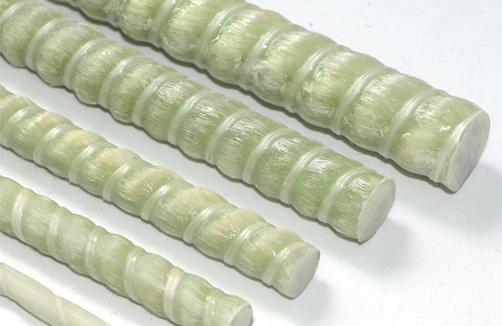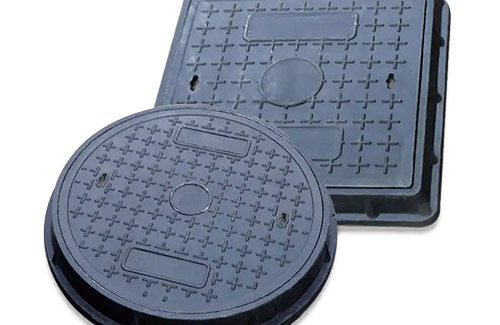Glass fiber reinforced polymer (FRP), or simply glass fiber, is a composite product composed of a matrix of high strength materials. A sturdy textile reinforced with silicate fibers is combined with a liquid polymer such as a vinyl ester resin to provide significant corrosion resistance, heat resistance and abrasion resistance when impregnating the part, thereby imparting stiffness to the fabric.
The type of resin used is critical to determining the end use properties of the fiberglass component. Typical applications require general purpose resins such as premium or allomeric polyesters that provide excellent corrosion resistance in a variety of chemical environments, including distilled and fresh water, as well as seawater of varying salinities. Corrosive chemical applications require stronger binders such as vinyl ester resins.
The epoxy resin can be converted to a vinyl ester resin by esterification of an acidic catalyst to form an intermediate product having a mechanical strength lower than that of the epoxy resin but larger than the polyester. It has better thermodynamic resistance than polyester and has a wider range of corrosion resistance. This is in part due to the enhanced cross-linking of the vinyl ester to the core fabric, resulting in a more comprehensive fiberglass composite.
The vinyl ester resin is used to saturate the continuous web of glass fiber material by comminution prior to forming, solidifying, and analyzing the web shape. In fact, the fiberglass industry is one of the world's largest consumers of vinyl ester resins, and composites are the primary use of this material.








